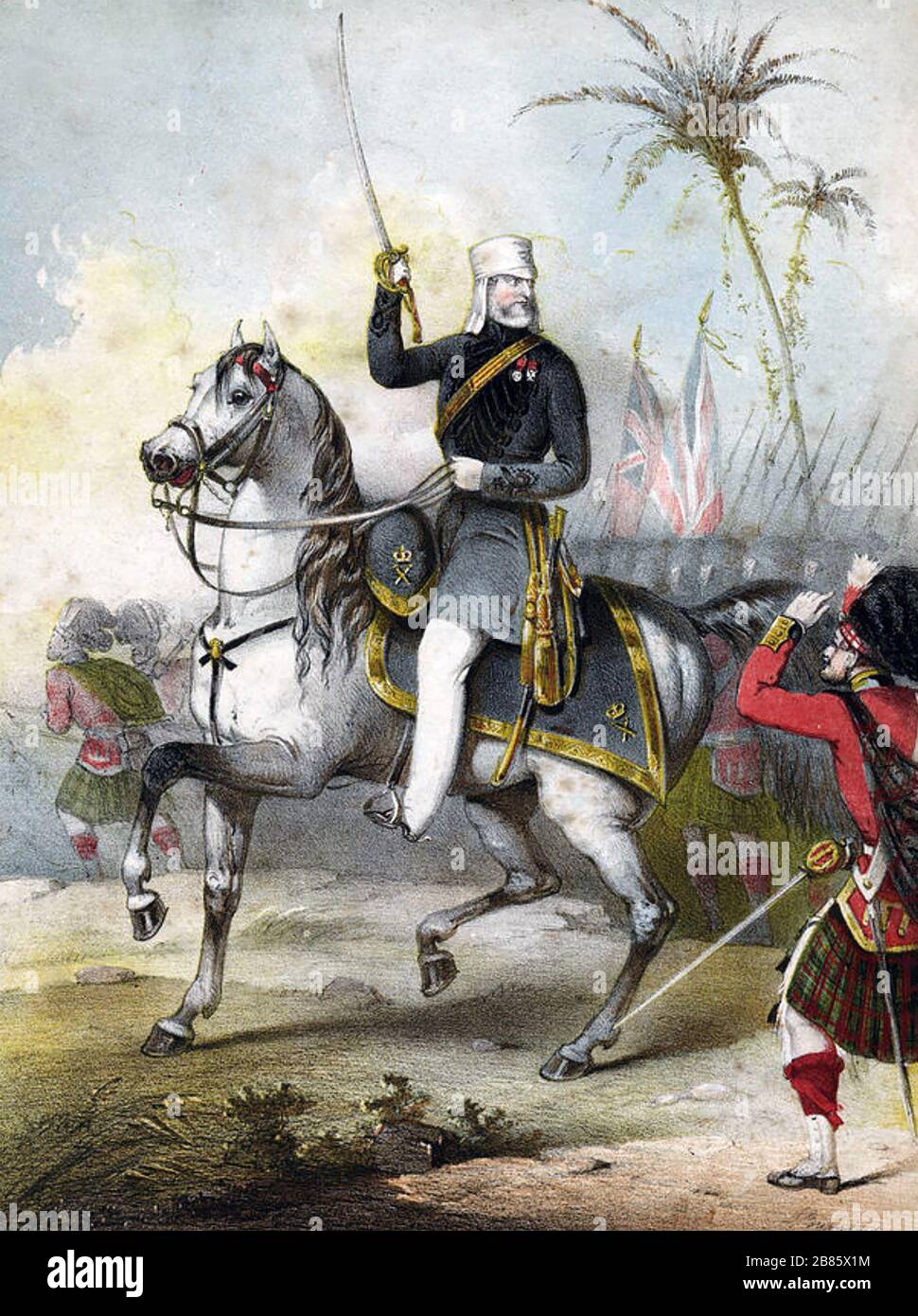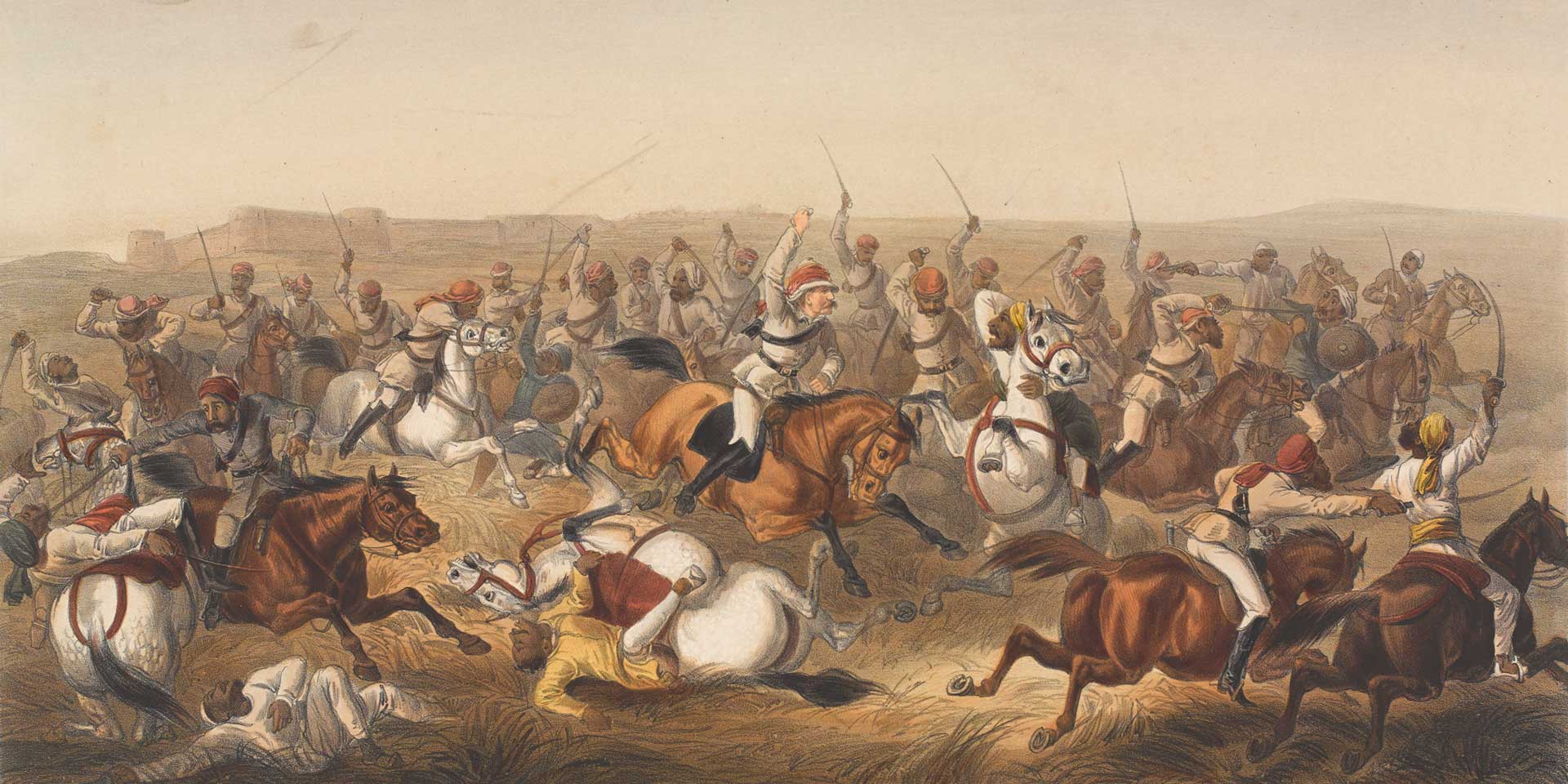

The sepoys from Meerut were the source of the commotion. It was the month of Ramadan and the old and powerless Mughal Emperor, Bahadur Shah, heard a clamour outside his window in the Lal Qilla.


Once the mayhem was over and dusk had fallen, a group of sepoys rode off towards Delhi where they arrived in the morning of May 11. What accompanied the destruction was the killing of the White population of Meerut, irrespective of gender and age. The peasants of the surrounding villages participated in the destruction. It began with violence in the late afternoon of May 10 in Meerut with the sepoys destroying government buildings - the jail, record room, kachehri, telegraph office - and going on to destroy the bungalows in which the firangi lived. Photograph: Kind courtesy Wikimedia Commons The mutiny began with the destruction of government buildings in Meerut on May 10. However, the very demand of chronological narration has forced him to eschew rigorous analysis.IMAGE: The Sepoy Revolt at Meerut from the Illustrated London News, 1857. He deserves our praise for his vast data collection. To conclude, David has written an interesting account of the Mutiny. So, his monograph, by linking causality with the role of chance, challenges the monopoly of the role of determinism in history writing. Nevertheless, due to the demands of narrative history, he fails to develop his military analysis in a critical manner.ĭavid deserves credit for pointing out that the British victory was not inevitable till the reconquest of Delhi. Here David could have made a massive contribution with the enormous amount of archival data at his disposal. Till this date, we lack a decent military history of the rebels. While the sepoys conducted set-piece battles against the Company's paltans, the armed retainers of the chieftains carried out low-intensity warfare. The sepoys tried to legitimize their grievances within the garb of primordial ties like religious ideology, traditional caste bias, etc. In fact, their conduct during the Mutiny shows that they were willing to sell their services to the highest bidder in return for a share of political power and financial perquisites. Equipped with a wealth of evidence collected from the British officers' papers available in the National Army Museum and the Oriental and India Office Collection in the British Library, the author convincingly argues that limited career opportunities and inadequate financial rewards egged on the soldiers to rebel. Now what has David to say anew?ĭavid's original contribution is to advance a new interpretation of the sepoys' occupational grievances. But, while Stokes tried to maintain a balance between military strategy and agrarian history, the Subaltern School went the whole hog for analyzing the Mutiny within the context of an agrarian paradigm.
#Indian mutiny of 1857 and jayne eyre professional#
The argument that the Bengal sepoy was not a professional combatant but a peasant in uniform, was first propounded by Eric Stokes. One characteristic of this brand of historiography is to emphasize the sepoy-peasant continuum. The adherents of the Subaltern approach are trying to redress this imbalance through the technique of "decoding" official reports by reading between the lines and using Post-Modernist tools. However, 95 percent of the sources on the Mutiny are by the British. The Subaltern School in pursuing the agenda of "history from below" puts the activities and mentality of the "faceless and nameless" mob in the limelight.
#Indian mutiny of 1857 and jayne eyre full#
The historiography of 1857 witnessed a full swing in the 1980s when the Subaltern School as represented by scholars like Rudrangshu Mukherjee and Tapti Roy entered the fray. Malleson emphasized the professional grievances of the Bengal Army sepoys to explain the origin of rebellion.

Just after the 1857 catastrophe, British historians like John Kaye and much later G. The volume is a modified version of his Glasgow University Ph.D. Saul David, a British historian, in the book under review focuses on the military aspects of the greatest mutiny of British India. The irony lies in the fact that between 17, the Company's dominions had been expanded by these very same brown soldiers, the Indian soldiers in the East India Company's army. The summer of 1857 was characterized by large-scale blood-letting, death and disaster in the subcontinent as the British raj was challenged by the sepoys. In lieu of an abstract, here is a brief excerpt of the content:


 0 kommentar(er)
0 kommentar(er)
